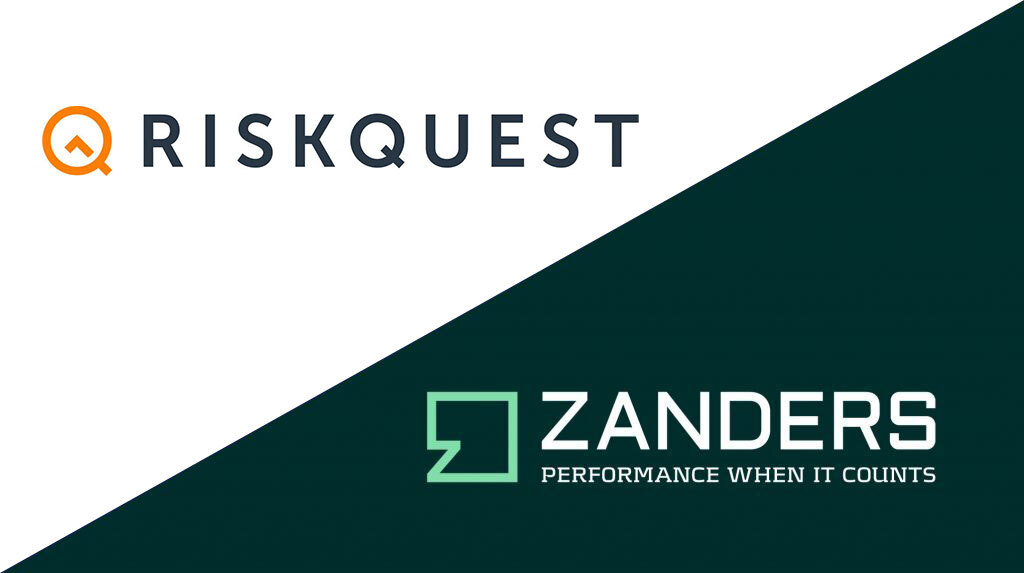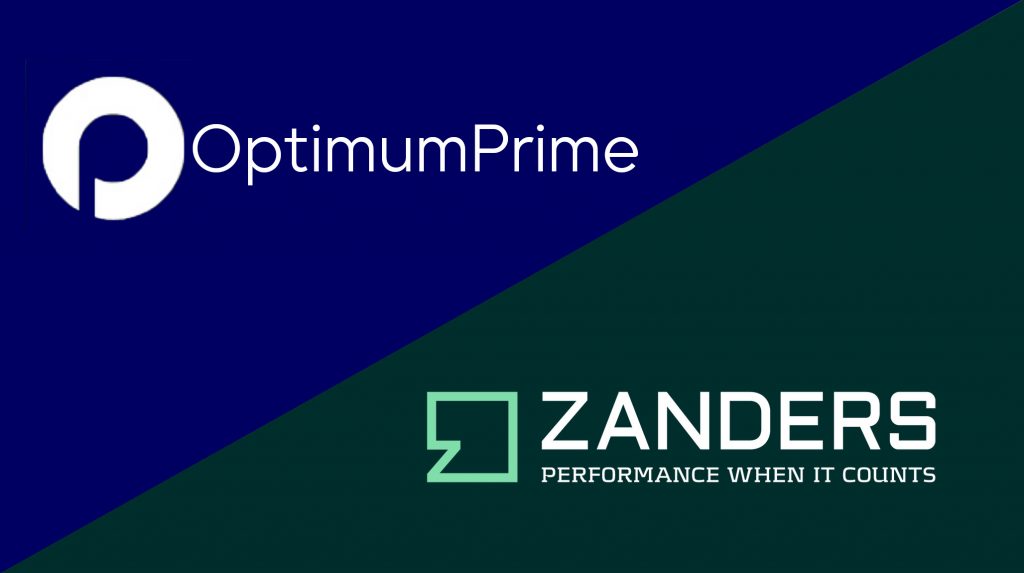Results for ‘Modelling’
Revealing New Insights Through Machine Learning: An Application in Prepayment Modelling
Emergence of Artificial Intelligence and Machine Learning The rise of ChatGPT has brought generative artificial intelligence (GenAI) into the mainstream, accelerating adoption across industries ranging from healthcare to banking. The pace at which (Gen)AI is being used is outpacing prior technological advances, putting pressure on individuals and companies to adapt…
Read moreLiquidity Risk Modelling: Current challenges and new insights through AI
Read moreA comprehensive overview of deposit modelling concepts
Navigating the intricacies of measuring and managing risks within non-maturing deposit portfolios poses a significant challenge for numerous banks. The inherent nature of these products introduces considerable uncertainty in predicting cash flows and interest rates. Yet, non-maturing deposits stand as a pivotal funding source for many (retail) banks. Given the…
Read moremarcus evans: Credit Risk Management, Modelling and Validation
Read moreDefault modelling in an age of agility
In brief: Prevailing uncertainty in geopolitical, economic and regulatory environments demands a more dynamic approach to default modelling. Traditional methods such as logistic regression fail to address the non-linear characteristics of credit risk. Score-based models can be cumbersome to calibrate with expertise and can lack the insight of human wisdom.…
Read moreSurviving Prepayments: A Comparative Look at Prepayment Modelling Techniques
In brief Prepayment modelling can help institutions successfully prepare for and navigate a rise in prepayments due to changes in the financial landscape. Two important prepayment modelling types are highlighted and compared: logistic regression vs Cox Proportional Hazard. Although the Cox Proportional Hazard model is theoretically preferred under specific conditions,…
Read moreSavings modelling series: The impact of savings rate floors on balance sheet management
The low or even negative market rates in many Western European countries significantly affect banks’ pricing and funding strategy. Many banks hesitate to offer negative rates on non-maturing deposits (NMD) to retail customers. In some markets, like in Belgium, regulatory restrictions impose a lower limit on the savings rate that…
Read moreSavings modelling series – How ‘hidden savings’ impact the risk profile for banks
WHAT ARE HIDDEN SAVINGS? Because the low or zero rates offered by banks provide little motivation to move money to savings accounts, many banking customers use their current accounts as savings account. It is very likely that customers will move part of this money to savings accounts when rates increase…
Read moreSavings modelling series: Non-maturing deposits model concepts
Are you interested in a more in-depth comparison of deposit modeling concepts? Click here. For banks with significant non-maturing deposits portfolios, Risk Management functions need to have a robust behavioural risk model. This model is required for Interest Rate Risk in the Banking Book reporting, hedge, stress testing, risk transfer, and…
Read moreSavings modelling series – How to determine core non-maturing deposit volume?
Identifying the core of non-maturing deposits has become increasingly important for European banking Risk and ALM managers. This is especially true for retail banks whose funding mostly comprises deposits. The last years, the concept of core deposits was formalized by the Basel Committee and included in various regulatory standards. European…
Read moreSavings modelling series – Calibrating models: historical data or scenario analysis?
One of the puzzles for Risk and ALM managers at banks the last years has been determining the interest rate risk profile of non-maturing deposits. Banks need to substantiate modelling choices and parametrization of the deposit models to both internal and external validation and regulatory bodies. Traditionally, banks used historically…
Read moreING’s perspective on deposit modelling: expert opinions, data, and common sense
In some European countries, savings rates appear to have hit a limit where they have stayed at a low level for a few years, despite interest rates moving down. This would suggest a structural shift where the relation between interest rates and savings rates has broken down. How can banks…
Read moreWhy is modelling non-maturing deposits essential?
For banks, using variable savings as a source of financing differs fundamentally from ‘professional’ sources of financing. What risks are involved and how do you determine the return? With capital market financing, such as bond financing, the redemption is known in advance and the interest coupon is fixed for a…
Read moreA comprehensive guide to Credit Rating Modelling
For all the criticism that rating models and credit rating agencies have had through the years, they are still the most pragmatic and realistic approach for assessing default risk for your counterparties. Of course, the quality of the assessment depends to a large extent on the quality of the model…
Read moreAchieving ALM excellence through bank treasury frameworks
Managing banking book risk remains a critical challenge in today’s financial markets and regulatory environment. There are many strategic decisions to be made and banks are having trouble applying homogeneous hedging approaches across their balance sheet. As shown in the EBA’s IRRBB implementation heatmap of last February, hedging strategies and…
Read moreExpanding the Utility of AI in Risk Management with AI Agents
Artificial intelligence (AI) is advancing rapidly, particularly with the emergence of large language models (LLMs) such as Generative Pre-trained Transformers (GPTs). Yet, in quantitative risk management, the perceived utility of these technologies remains relatively narrow. Most current applications focus on technical use cases, such as code autocompletion within Integrated Development…
Read moreGaining Insights from Shorter Horizons: NGFS’s New Short-Term Scenarios
With extreme weather events becoming more frequent and climate policy tightening across jurisdictions, banks are under increasing pressure to understand how climate change will impact their portfolios. Previously, most climate scenario analyses have focused on long-term trajectories, stretching out to 2050 or beyond. However, these long-term analyses have often been…
Read moreNavigating the Dutch National Mortgage Guarantee (NHG) in CRR3
With the introduction of CRR3, effective from January 1, 2025, the ‘extra’ guarantee on Dutch mortgages – known as the Dutch National Mortgage Guarantee (NHG) – will no longer be automatically eligible for the modelling approach. This requires institutions to apply the substitution approach instead. Although this may seem like…
Read moreZanders Hosts Inaugural ‘Financial Performance Conference’ in Amsterdam, Uniting Global Leaders in Finance, Treasury, and Risk Management
Amsterdam, The Netherlands, June 2025 - Zanders, a leading global treasury and risk consultancy, is proud to host its inaugural Financial Performance Conference on September 16, 2025, at the iconic Muziekgebouw aan ’t IJ in Amsterdam. The event will bring together more than 250 senior professionals from corporates, financial institutions,…
Read more

